Just before Thanksgiving, I led a group of photographers on the annual Bosque del Apache National Wildlife Refuge instructional photo tour. On the first morning, after capturing a few images of mallards and wood ducks in Albuquerque, we headed south 80 miles to Socorro, New Mexico and then on to the refuge for an afternoon session.
It was the first time I’ve shot the area before Thanksgiving and the temperatures were warmer than expected. The birds were off the roost and heading out in a hurry to feed each morning. On colder, post-Thanksgiving days, the birds tend to start the day later, after sunrise. That slight delay gives photographers more opportunity for the great flight shots only Bosque can offer. Nevertheless, it was a great week and the photographers were thankful they missed those mornings with cold fingers and frosty noses that often come with the early December photo sessions.
Here are samples of the great photo opportunities available in autumn along the Rio Grande in central New Mexico :
Click on an image to make it larger and sharper. Then click on the right side of the photo to advance through the slide show.
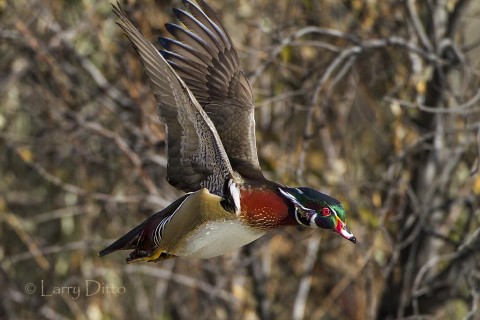
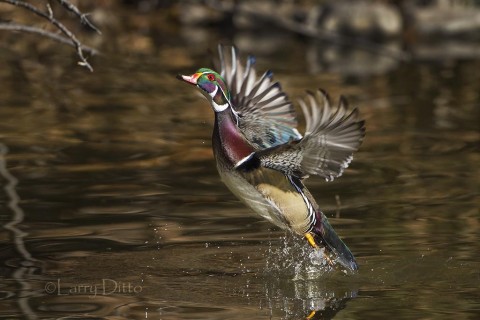
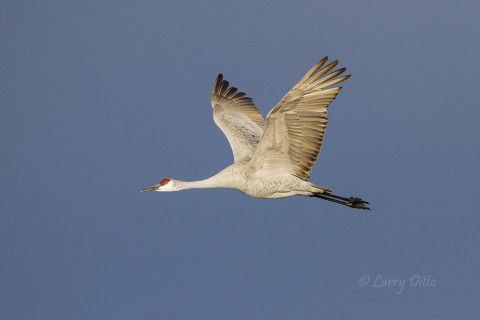
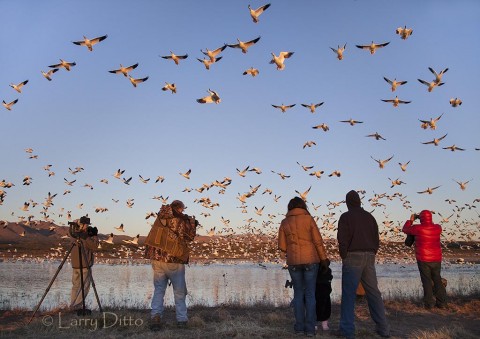
***
Lesson #1, don’t shoot with your mouth open.
I carry my 24 – 105 mm wide angle lens and Canon 5D camera slung over one shoulder for those times when big flocks of geese erupt at close range.
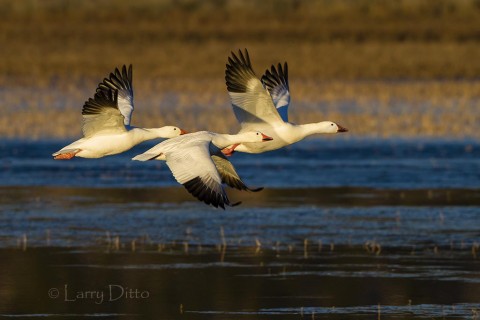
*** It’s all in the wing position; wings pointing to the camera leave the birds looking “wingless” and weird.
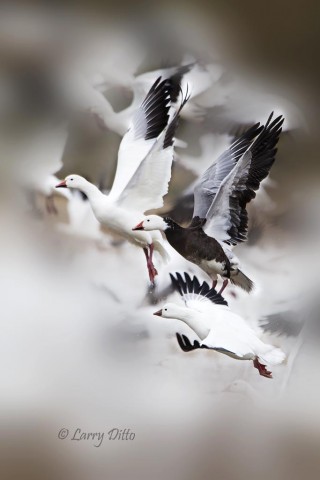
I blurred parts of this image above to highlight three birds. Everyone wants to know “what are those dark birds” and “why are some of the geese so small?”
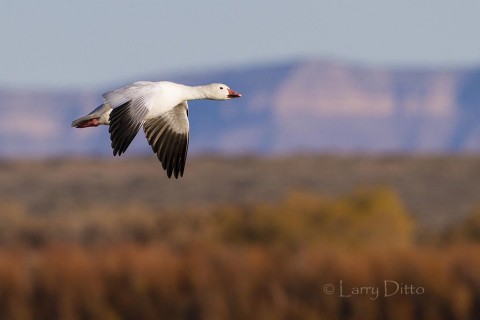
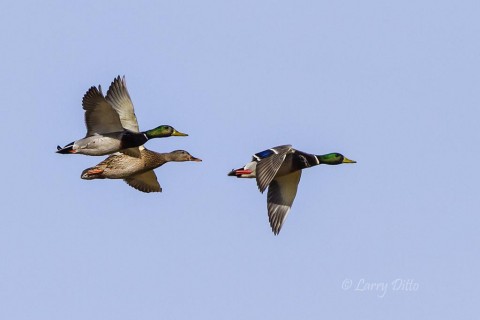
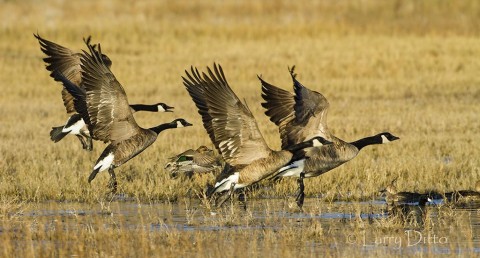
Note the size difference of Canada Geese and the lone Green-winged Teal.
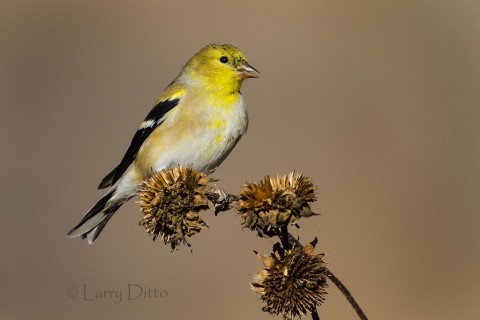
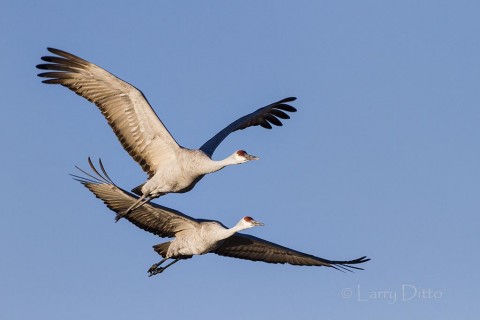
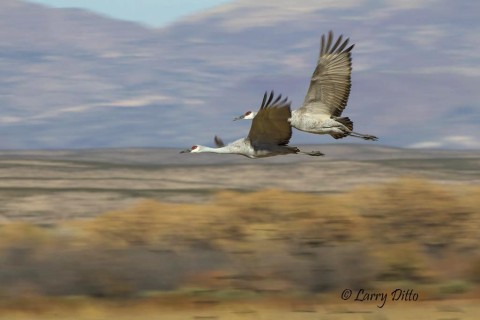
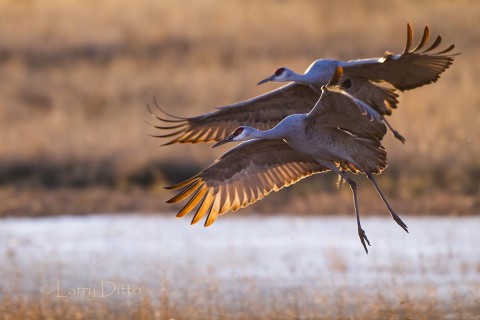
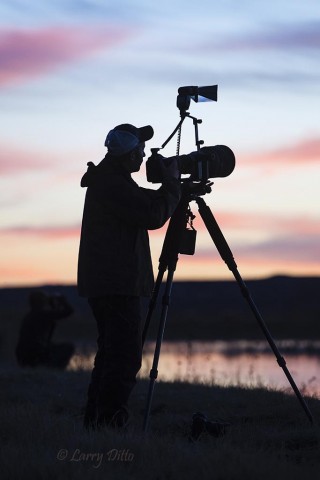
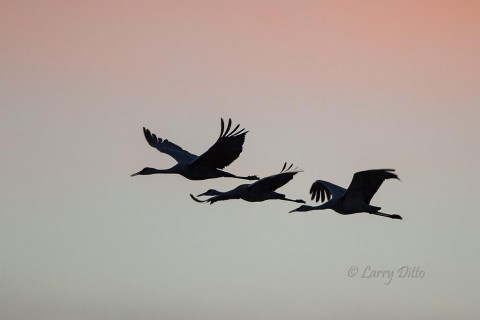
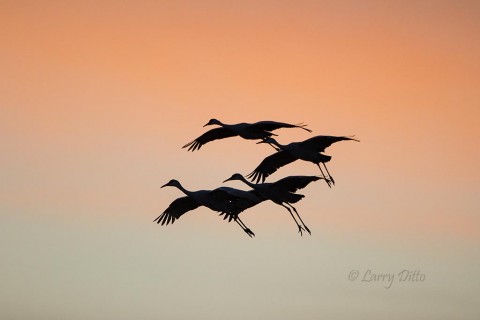
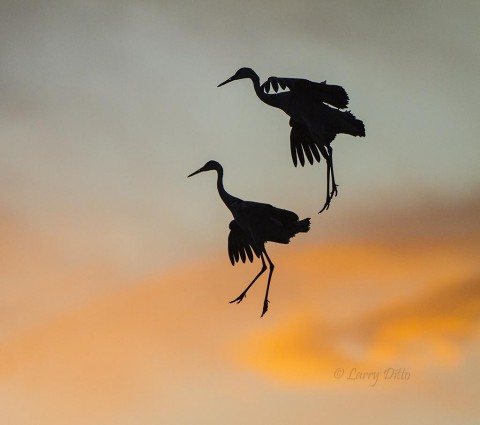
One happy photographer made 10,000 images during our 3 day shoot. There must be some great photos in that batch!
Next week, we’ll take a look at some Oklahoma wildlife.
Larry
